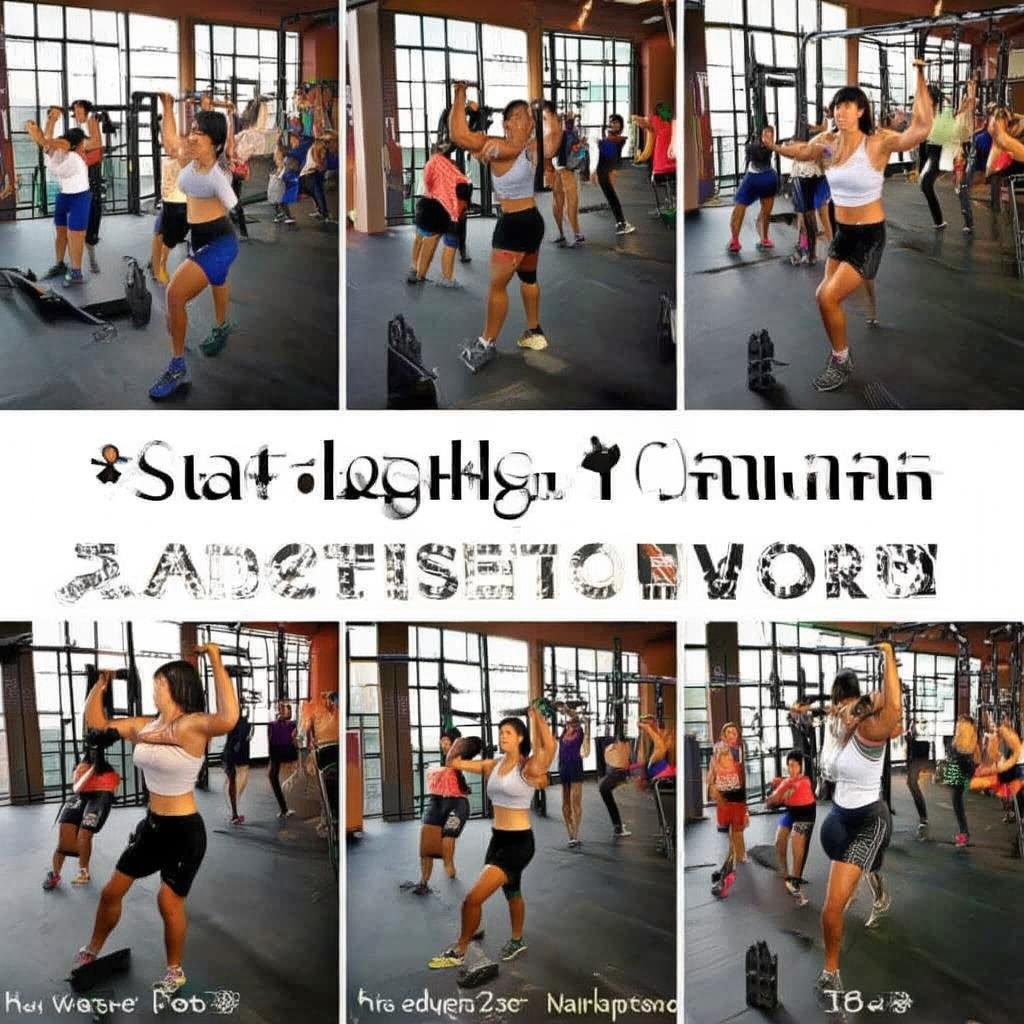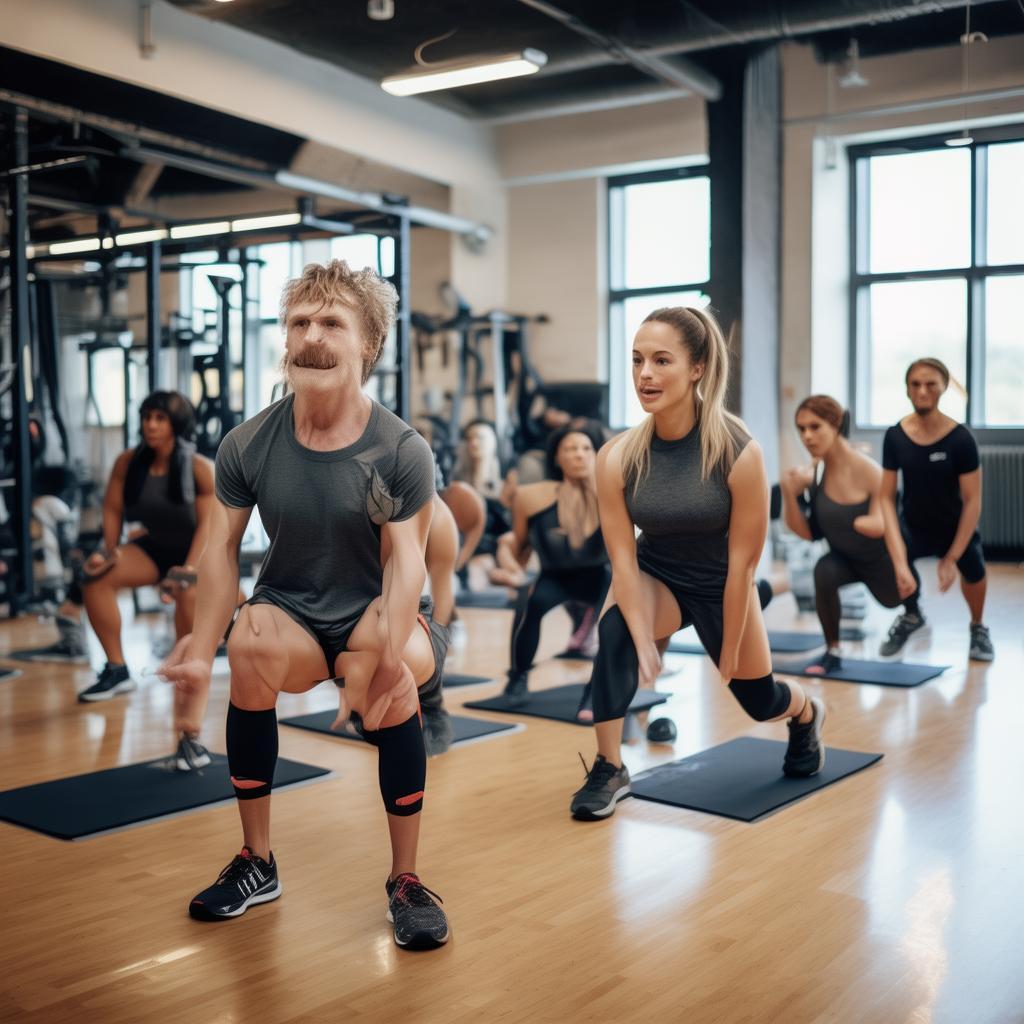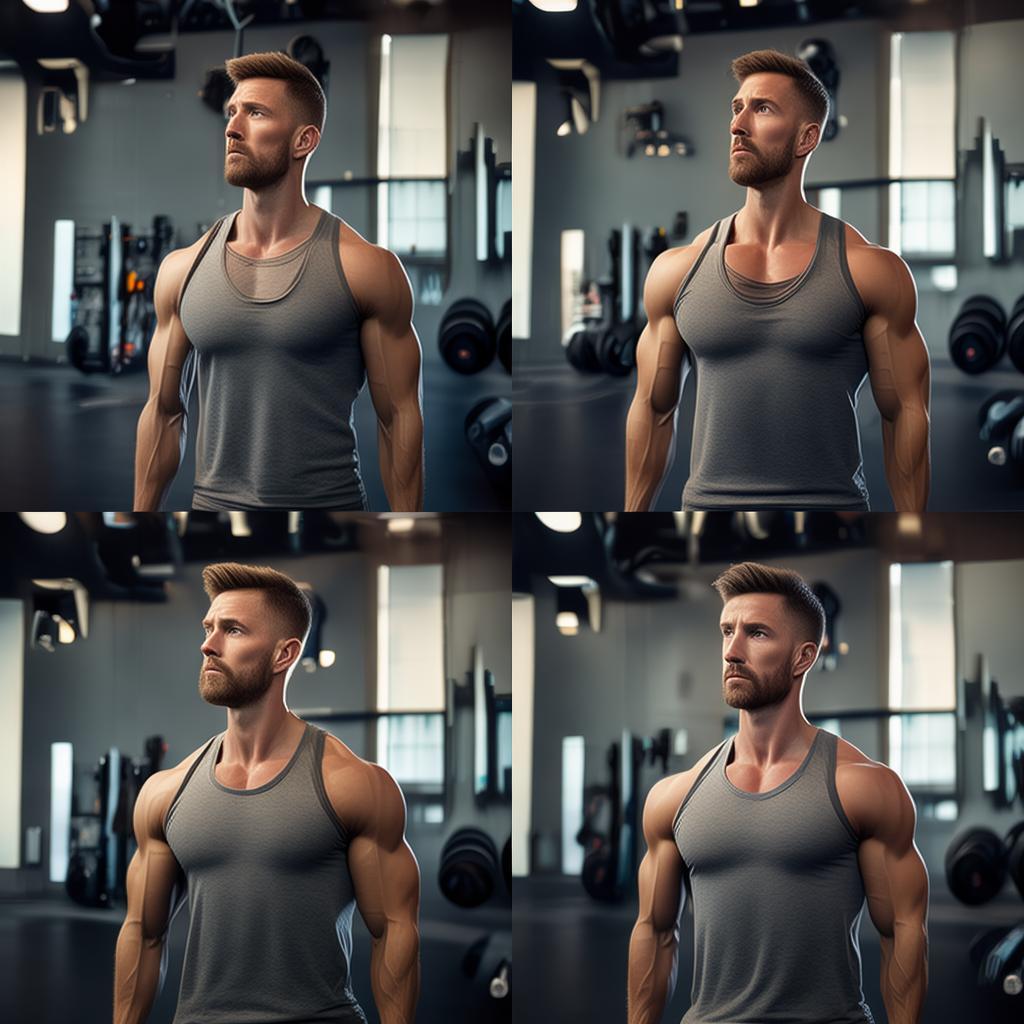Introduction
July 24, 2023 – The beauty and strength of your body often hinge on well – developed shoulders. When it comes to shoulder training, the ‘side planks’ variation is a popular choice, while the ‘Overhead press’ and its variations are frequently under – appreciated. In the view of some Olympic athletes and fitness veterans, the ‘overhead press’ might even be more crucial than the ‘side planks’. To build shoulders from multiple angles, both are essential. Say goodbye to dull shoulder workouts! Here are 10 excellent shoulder exercises and their details for you to incorporate into your training routine tomorrow.
10 Prime Shoulder Moves
Bent Arm Lateral Raises
This is a great exercise for working the shoulder muscles, especially the middle deltoid. It also engages other parts of the shoulder, such as the anterior and posterior deltoids, as well as the rhomboids in the upper back. You can increase the difficulty by sitting on an unstable object or standing on one leg. Sit on an exercise ball or chair, hold a weight in each hand, bend your elbows at 90 degrees, and contract your abdominals. Keeping the elbows bent, raise your arms to the sides to shoulder height, starting from lower back height. Do 1 – 3 sets of 10 – 16 reps. Remember to keep your back straight and abdominal muscles contracted throughout, and keep the elbows at 90 degrees at all times. At the top of the movement, imagine pouring a jug of water and fully contract your shoulders.
Side Planks
These side planks are more challenging than the bent – arm version as the arms are straight. The longer the mechanics levers, the more difficult the movement, which means you may not be able to use the same weight as in the curled – arm version. The key to doing it right is to keep a slight bend in the elbow, with the elbow pointing behind you instead of at the ground, which is a common mistake. Drive the movement with the elbow, not the hand or wrist. Finish in a seated or standing position, lifting the same weight on both sides. With a slight bend in the elbows, lift the arms to the sides, stopping at shoulder height, starting from lower back height. Do 1 – 3 sets of 10 – 16 reps. Keep your back straight and abdominals contracted, and your wrists straight with elbows slightly bent.
Barbell Overhead Press
The overhead press is a standard in most workouts as it stimulates every part of the shoulder, focusing on the anterior and middle deltoid bundles. It’s a difficult movement because you need to push the weight overhead, so it may be challenging if you’ve done other exercises first. If you want to lift heavier weights, you may need to sit on a bench with a backrest. Use a medium – weight barbell with a grip wider than shoulder width. Start by raising the barbell to forehead height with your elbows bent. Slowly push it overhead without arching your back, keeping your abs tight and not locking your elbows at the top. Exhale and lower it to the lower back before repeating. Do 2 – 3 sets of 12 – 16 reps with 20 – 30 seconds rest between sets. Avoid behind – the – neck push – ups as they can strain the rotator cuff muscles and the neck. Keeping the weight in front of your head is more effective for stimulating the shoulder muscles without causing stress.
Dumbbell Overhead Press
In this version, dumbbells are used, making each arm work independently. Start in a seated or standing position with your elbows bent and the dumbbells close to your ears. Push the dumbbells up to the top of your head and then lower them to ear level. Do 1 – 3 sets of 10 – 16 reps. Keep your abs tight and don’t arch your back when pushing upwards. When pushing up, bring your hands slightly forward instead of straight up and down to avoid arching your back. If using heavy weights, try sitting on a cushioned bench.
Alternating Overhead Press
This variation of the traditional overhead press adds variety and challenge. By alternating the push – ups instead of pushing up simultaneously, one arm has to hold position while the other pushes up, increasing the difficulty. Your abs and back also work to assist and keep the body stable, giving your core an extra workout. Start in a seated or standing position with your elbows bent and the dumbbells close to your ears. Push your right arm up overhead while keeping your left arm still, with the abdominal muscles firing to keep the body stable. Lower the right arm and raise the left arm. Continue alternating, doing 10 – 16 reps (each side) for 1 – 3 sets. Keep the movements slow and controlled and avoid using momentum. Keep your abs tight and don’t arch your back when pushing up. You may need to use a lighter weight than in a traditional overhead press to keep the movement controlled, and if using heavy weights, sit on a cushioned bench.
Arnold Push – up
The Arnold press is another traditional variation of the overhead press. It requires you to rotate your arms as you push the dumbbells overhead. This small variation adds to the challenge and is a great way to vary your shoulder workout. It targets the anterior and middle bundles of the deltoids and also involves the triceps. Start in a seated or standing position with your elbows bent in front of your body and your palms facing your chest. As you push your arm upwards, rotate your hand outwards. At the top, the palms should be facing outwards. Rotate your hands back as you lower the dumbbells. Do 1 – 3 sets of 10 – 16 reps each. Keep your abs tight and don’t arch your back when pushing up. If using heavy weights, sit on a cushioned bench.
One – arm Overhead Press
This variation of the traditional overhead press adds a balance challenge and involves the abs and back to stabilise the body. It’s a way to change up the shoulder workout and train the sides of the body separately. Start in a seated or standing position, hold a light to medium – weight dumbbell in your right hand. Bend your elbow and lift the weight close to your right ear. As you push the dumbbell upwards, the abdominal muscles fire to stabilise the body. Lower the dumbbell and repeat 1 – 3 sets of 10 – 16 reps, then repeat with your left arm. Keep your abs tight and don’t arch your back when pushing up.
Elastic Band Shoulder External Rotation
Besides working the deltoids, you need to exercise the smaller muscles within the rotator cuff. These small internal muscles act as stabilisers and help rotate the shoulder outwards. This rotation is common in many workout routines and strength – training exercises like the Arnold push – up. Keeping the rotators strong helps prevent injuries. If you have any shoulder problems, consult your doctor before attempting this movement as the rotators can be easily injured, especially if the muscles are tight. Wrap an elastic band around a stable object and the other end around your hand, pulling it tight. Stand with the left side of your body facing the elastic band held in the right hand. Start with the elbow bent at 90 degrees and the palm and forearm in front of the abdomen. Keeping the elbow bent, rotate the shoulder and arm to the other side within the joint’s range. Rotate the forearm back to the initial position and repeat 12 – 16 times. Keep the elbow fixed, move slowly and controlled, and avoid rotating the arm too far.
One – arm Back – bound Side Planks
This movement targets the back bundle of the shoulder and the upper back. Exercising one arm at a time challenges the core and balance. It also involves a side straddle, adding more movement and muscle engagement. Start with light weights to master the correct posture. Start in a wide stance with a dumbbell in your right hand and your left hand on your left thigh. Flex your hips, bend your torso forward, keep your back flat, contract your abs, and dangle the dumbbell towards the floor. Lunge to the right while raising the arms to shoulder height with a slight bend in the elbows. Don’t shake the dumbbell, lift it up in a controlled manner. Lower your arm while lunging to the other side. Repeat 10 – 16 times before switching sides. Don’t lift your body during the side planks, raise the dumbbell to shoulder height, squeezing the upper back and back shoulder. Keep the movement slow and controlled and avoid borrowing momentum.
Front Planks
Since the shoulders have three heads (front, middle, and back), the front planks target the front fasciculus while also involving other shoulder regions. You may need lighter weights as your arms are straight, making the mechanics levers long and more challenging. Hold a light to medium – weight dumbbell in both hands with your arms naturally down and palms facing your thighs. Slowly raise your arms to shoulder height with a slight bend at the elbows. Exhale and lower the weight. This can also be done with a light barbell or, if using a heavier dumbbell, alternate arms. Do 1 – 3 sets of 12 – 16 reps with 20 – 30 seconds rest between sets.
For these movements, you can adjust the training sequence according to your habits or even combine supersets. Pay attention to the movement details and don’t sacrifice quality for weight, and soon you’ll have those enviable ‘pumpkin shoulders’.





